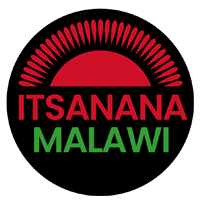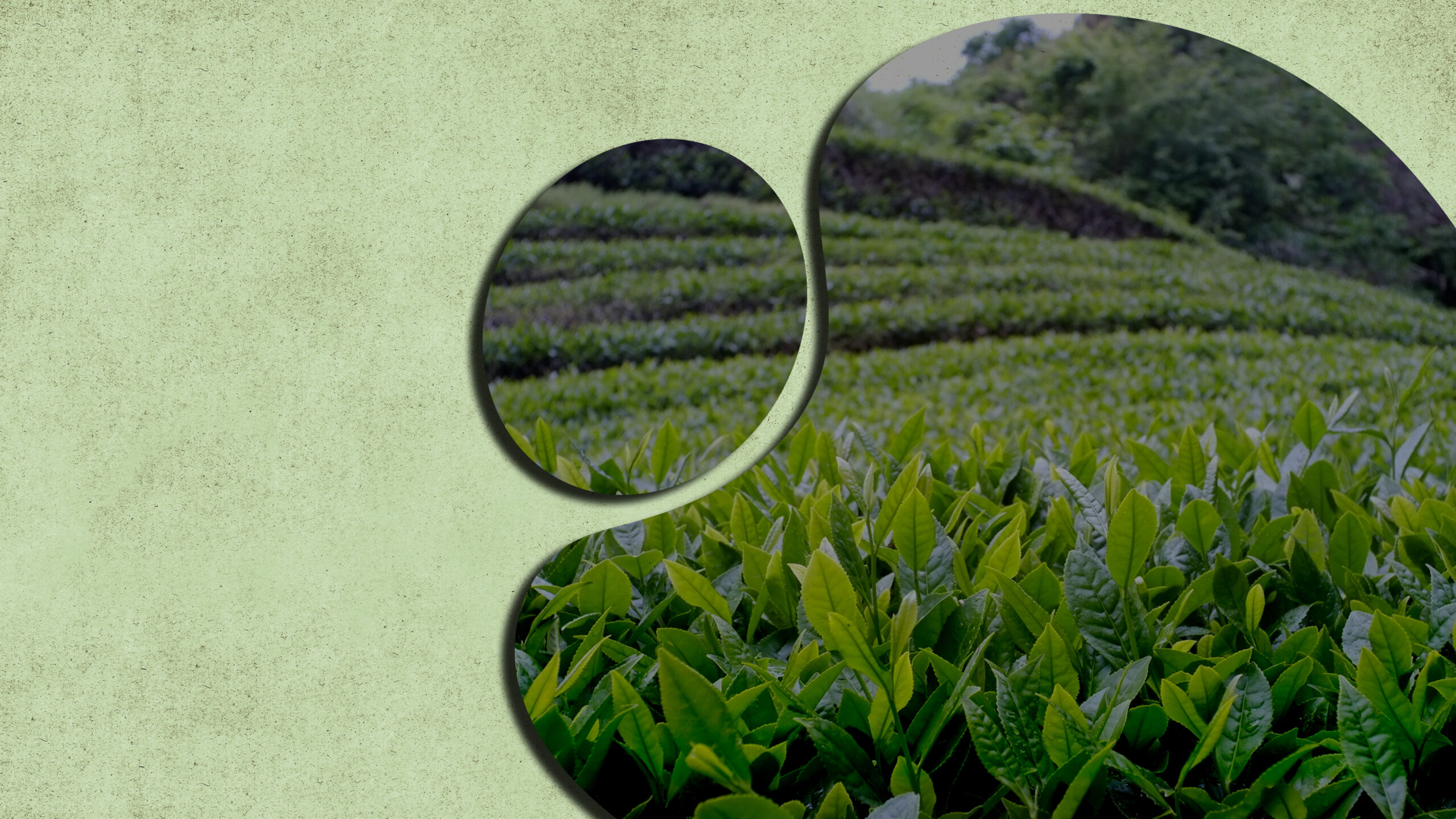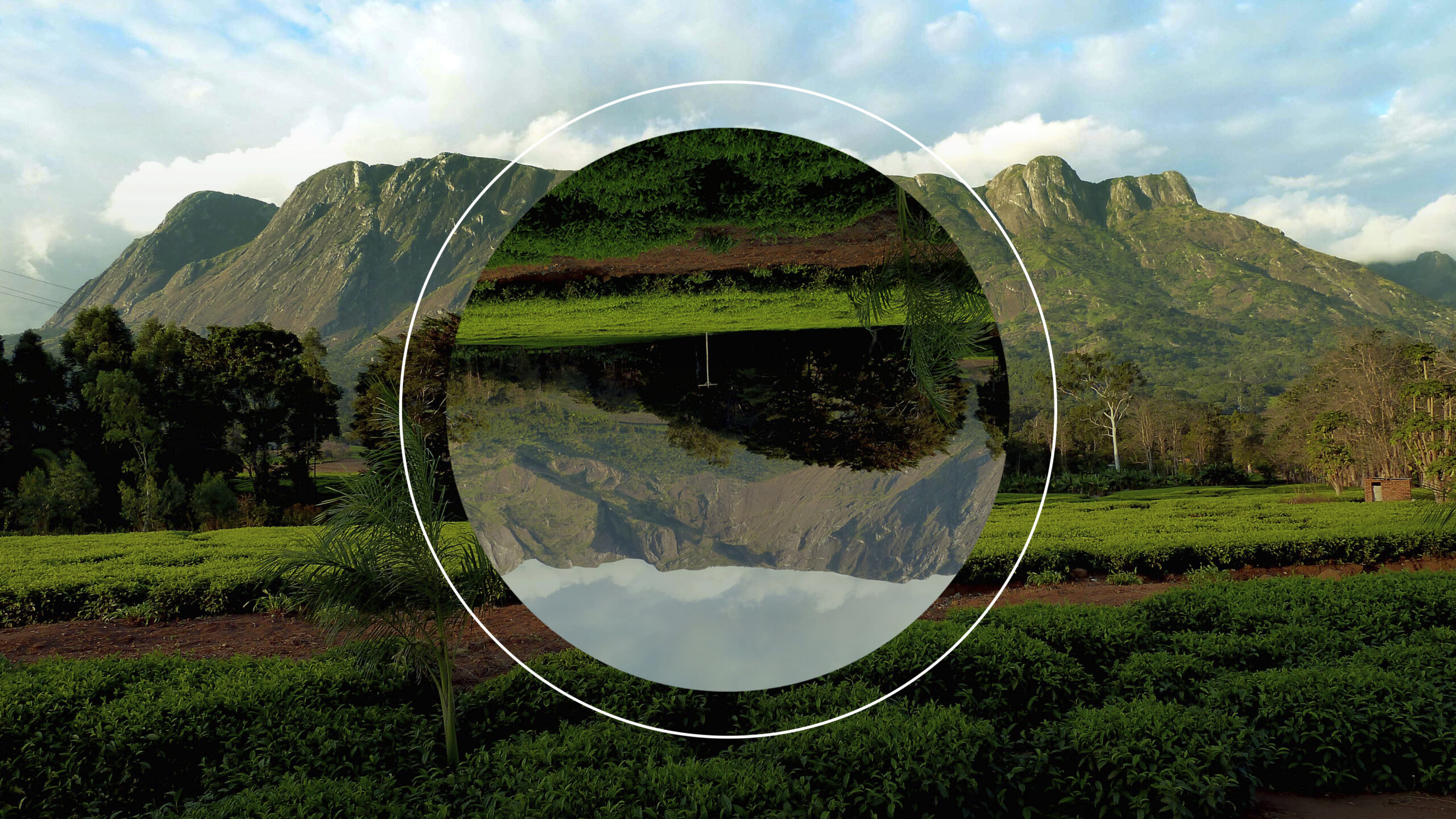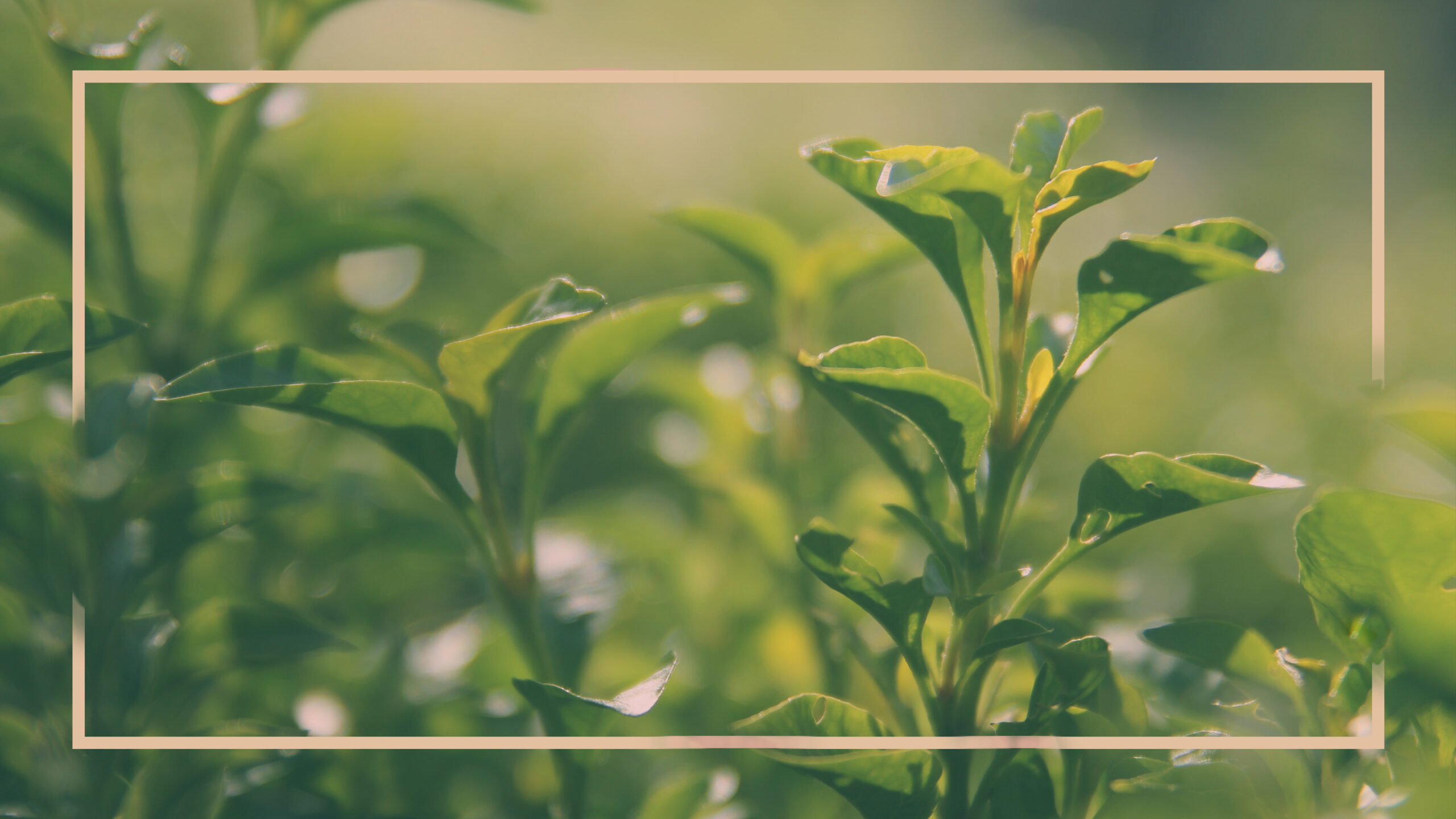CULTURE- TUMBUKA
Tumbuka People of Northern Malawi
A historical background
Malawi is a country that was under the British rule, and throughout time, it has been administered under three regions. These are north, central and southern regions. The Tumbuka are a group of people living mostly in the northern region of the country. They encompass Kasungu, parts of Nkhata-bay, Mzimba, Rumphi, parts of Chitipa and Karonga which are all districts in Malawi in the northern region, except Kasungu which is in the central region of the country. Apart from Malawi, the Tumbuka are also found in eastern Zambia, bordering Malawi, Mzimba district, and southern Tanzania.
The Tumbuka relatively lived well in the area until their stay was interrupted by some emigrants into the area since the 18th century. The original Tumbuka who inhabited the area were the Nkhamanga, Henga and Phoka. These groups of the Tumbuka co-existed with each other because they had resources in abundance, especially land, which was important. They were not even organized into chieftainship but they were under clan heads that looked after the affairs affecting their lives. Their migration into the area varied in time and they came into different groups, the last group arrived in the 18th century.
The first groups of people to interrupt into the area of the Tumbuka were the Mlowoka’s. This was a group of people who came from the east coast of the Indian Ocean and were looking for Ivory trade which was abundant in the area. They crossed Lake Malawi on dhows resulting in their nickname ‘BaLowoka’, meaning those who crossed the lake whilst their leader was named Mlowoka, the one who crossed the lake. This was around the second half of the 18th century. The Mlowoka’s established themselves peacefully among the Tumbuka and later their leader intermarried with the local inhabitants. Later, Mlowoka sent out his followers to different areas of the country with the objective of controlling his trade interests in Ivory. The first Mlowoka was ‘Kakalala Musawira Gondwe’ who later, due to his dominance in the area, assumed political and religious powers. After his death, his son assumed power and today, this group of people has assumed chieftaincy at the expense of the Tumbuka.
In around the 1850’s, both the Tumbuka and the Mlowoka’s were faced with the arrival of the Ngoni from South Africa. They were running away from Shaka Zulu who had become so powerful by the first quarter of the 18th century. The Ngoni did not arrive in a peaceful manner, they heavily devastated the area under the Tumbuka and assumed control over them. These were fierce fighters, today they are represented by their Insignia. The Ngoni established their rule under ‘Inkosi ya Makosi’.
The Ngoni in the northern region today inhabit Mzimba district. There are relatively few people, majority being the older generation, who can speak ‘Chi Ngoni’ however the majority of inhabitants speak Chi Timbuka, a language for the Tumbuka. This is because the population of the Ngoni was and still is less than that of the Tumbuka.
The Ngoni were not the last intruders to the area. In the last quarter of the 19th century there were also influences from the Scottish Missionaries who brought Christianity to the people of the area. The Sottish Missionaries met with great resistance from the Ngoni who were by then powerful and were ruling. In 1894, these Scottish Missionaries established a church at Khondowe in Rumphi district. The missions work can still be seen today with an early addition of a University in 2000 that was been added for education. The mission has highly influenced the culture of the people, in that it condemned a lot of traditional customs that were prevalent such as polygamy, beer drinking, wife inheritance and the worship of Chiuta (God) through spirits.
Developments by the Mission
Health services – including hospitals, health centers and a nursing school. Evangelization – the spread of the word of God to the people Education – the mission has contributed so much in education, which has included primary, secondary schools and tertiary education.
The mission is also currently running a museum that depicts its history over time and developments. This mission is known as ‘Livingstonia Mission’ and it was named as after Dr David Livingstone who was a Scottish Missionary (Born in Blantyre Scotland). Livingstone had an aim to end slave trade, spread Christianity and introduce legitimate trade which was to replace slave trade. He was against the acts of slavery which were still common in the 19th century Africa and he was also in need to spread the new gospel and not pagan worshiping that was prevalent then. The museum depicts such developments from Livingstone time to present.
Rites of the Tumbuka
The Tumbuka lack rites and some rituals that are prevalent in other parts of the country. The ‘Chewa’ of central and southern Malawi inhabits a number of rites and rituals such as Nyau and Chinamwali, which initiates boys and girls respectively into adulthood. Though there have been a number alterations in the culture due to Christianity, the Tumbuka of northern Malawi have lacked these rites and rituals from the beginning. When a Tumbuka child grows up he or she can receive individual counseling from the elderly. However this is different from the Chewa who organize boy and girls into separate groups that will be initiated in the bush. There they will be taught how to live in the community and take care of themselves.
Some dances of the Tumbuka
Dances among the Tumbuka are highly for entertainment and ceremonies, especially related to marriage or weddings. They are also highly performed in political rallies however this is a new development due to politics being a recent phenomenon (1994).
Below are some dances;
Below are some dances;
Mwana mayo
This is a form of a celebration ceremony in marriages. Mostly women line for this and it is done after the harvest. In this case, food is prepared either at a woman’s home or at the husband’s home. This is then taken to either of their parent’s homes. This is known as ‘the time of plenty’, in terms of food; In these occasions, dances are performed for entertainment and that the visitors have been welcomed to join in with the celebrations.
Mtungo
This is a dance performed among the Tumbuka during marriage ceremonies. Before marriage, the girl’s family prepares sweet beer thobwa and beer mowa. These are taken to the village or house of the groom to be. Where a dance known as mtungo is performed by boys and girls in even pairs, this forms a celebration for getting married.
Magali/ Mpwlele
Magali or mpwelele are performed during the birth of a child. When a child is born, people within the village become happy and this is evidenced by people going to see the baby. This evidenced by the Magali ceremony. In this case, a woman’s clan pays a visit to the husband’s clan because it’s where the woman resides as patrilineal. These women carry with them gifts which they produce in order to be able to see the baby.
Chiwoda
This is a dance especially for women however men, to some extent, interfere. It is performed during the off season when people have harvested their food. This is a relaxing time as people, especially women, have reduced work. In the context of a patrilineal society, women also take a great share of work and the Chiwoda dance enables them to get out of the house. This is performed in celebrations such as Christmas and New Year and no drums are involved.
Mnyamulathuli
This word is formed from three morphemes. ‘M’ is a personal pronoun either male or female. ‘Nyamula’ means to carry and ‘Thuli’ is a word for mortar. This therefore is a dance that involves carrying a mortar. It is a form of a dance that involves carrying a mortar with teeth. Men are usually the carriers whilst women sing. Drums are also used in this performance. The carrying of the mortar is not a one man show as it is passed around. After a tiresome time during the growing and harvesting time, people usually perform this dance as farm workload, which is crucial for food production, end with harvesting.
Vimbuza
Vimbuza is a healing dance that is performed among the people of northern region. The Ngoni of northern Malawi established a dance called Vyanusi. This dance helps the performers to cure illnesses that are psychological. It is also performed for entertainment however these are not seasonal according to performance.
Malipenga
Malipenga is a dance that imitates the colonial police officers. The participants dress in clothes that resemble the police. They put on khaki shirts, shorts and boots on their feet. This form of malipenga is known as miwuso. There are also other forms of Malipenga known as saza. This form of Malipenga differs from the other in the way that the participants dress in white clothes which include a pair of shorts and a shirt. Miwuso also uses locally made drums and guards, while saza uses modern day drums. Malipenga is a unifying factor and as well as male initiation. Villages might not not always be in good terms however the dances help unite people. Malipenga Miwuso uses guards that symbolize trumpets and the drums are molded in military style. The performers are divided into boma’s, and each boma has a king or a queen. The dancers are highly disciplined and they are to attend to all practices and be punctual. Discipline is also highly observed in that breach of rule can attract punishment. Malipenga dances are usually performed after harvest in a selected boma. Among those going to perform, everyone has a friend in the boma where the competition is going to take place. The one accommodating a visitor or visitors is supposed to prepare the best food for their visitors of which in turn the same is also applied when they travel.
Visekese
Visekese is a musical instrument that is used to produce sound for the dancers and hence the dance is also called Visekese. This is performed by women. They take part after the workload in households is complete as almost all household chores are taken up by women. This is a form of interaction among women who are mostly confined at home. They form a circle when dancing and one person enters the circle at a time to dance. Visekese instrument is aided by the singing and clapping of hands for those in the circle.
Ingoma
Among the Ngoni of Mzimba, this is the most prevalent dance that is performed. It is divided into Ingoma ya omama and Ingoma ya obaba. This literally means Ingoma for women and Ingoma for men. Ingoma for men is also known as Impi. The Ngoni dress themselves in animal skins. Women are usually half dressed showing a bare chest. They usually perform in organized events are held once a year or at important occasions. It can be performed in the opening of new projects such as schools, hospitals, as well as in political rallies. The dance was usually performed after a battle that the Ngoni were in, they would hold a club or spear in the right hand and a shield, made of animal skin, in the left hand whilst dancing.
Beliefs
Ancestral spirits were at the heart of the Tumbuka people like any other society in Africa. These ancestral spirits played an intermediary role between the people and Chiuta, God, who was not approached directly by anyone but through a medium. In doing so, the people could pray for rain or other important things such as health. They also approached ancestors for thanks giving. They did this through shrines that were established among the Tumbuka, the prevalent one being Chikhang’ombe. This was a major shrine in the Tumbuka land and others were established to reach Chikhang’ombe in distant places. When the Tumbuka encountered the groups of Mlowoka and Ngoni, their religious powers were taken away. The coming of Christianity in 1894 altered the traditional religion because the missionary was against it. However, despite Christian influence, people still revert to ancestors today.
Witchcraft is also a phenomenon that revolves around the lives of the people. People, even those who are strong Christians, believe that witchcraft does exist and most of deaths that lack proper explanation which are mysterious in nature attract witchcraft accusations. The term witchcraft in Tumbuka is ufwiti and a witch is known as fwiti and bafwiti for plural. People turn to witchdoctors, sing’anga, for explanations of sickness and death. Witchcraft is practiced especially due to jealousy.
Traditional medicine is also prevalent among the Tumbuka. People resort to traditional medicine despite the influence of Christianity. This medicine has been part of their lives for so long and still serves people. It is either served by a sin’ganga or individually. People also resort to this medicine because modern health facilities are not easily accessible.




